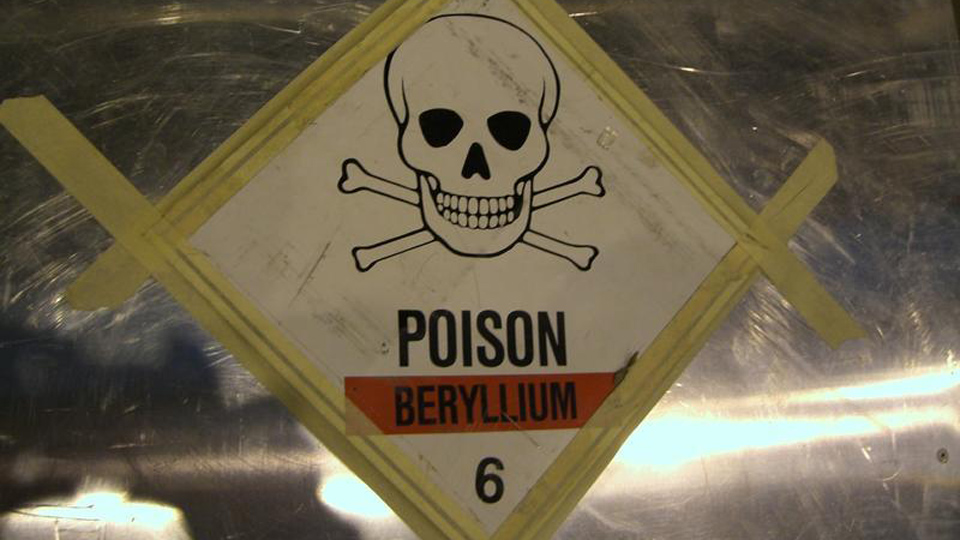
WASHINGTON (PAI) — The Trump administration’s Labor Department has formally yanked special added beryllium exposure protections for construction and longshore workers, saying the issue needs further study. It set a 60-day deadline for comments on its action.
The decision, published in the June 27 Federal Register, drew blasts from worker safety and health advocates, and the AFL-CIO had criticized it beforehand. Unions that represent construction and longshore workers are still studying DOL’s statement and deciding how to respond.
“No matter where they work, U.S. workers deserve protection from exposure to hazardous – and potentially lethal – toxic materials,” said Jessica Martinez, co-executive director of the National Council for Occupational Safety and Health.
“The proposal to weaken standards that limit exposure to beryllium for shipyard and construction workers is a step backwards,” she added. The extra protections for those workers include exposure assessments, personal protective equipment, medical surveillance and protected work areas, she explained. OSHA wants to drop those extra protections.
The Occupational Safety and Health Administration’s statement made clear that it listened to the bosses when yanking the special beryllium rules for the shipyard and construction workers. Led by the Steelworkers, unions representing those workers pushed hard for extra protection during the 18-year fight over cutting worker exposure to beryllium.
But “representatives of the shipyards and construction industries, as well as members of Congress, raised concerns they had not had a meaningful opportunity to comment on the application of the rule to their industries when the rule was developed in 2015-16,” OSHA said.
“This proposal provides a new opportunity to comment on the rule for those industries and the public. The new proposal would make changes to the rule only for the shipyard and construction sectors. The general industry standard is unaffected by the proposal.”
Under OSHA’s plan, all workers, including longshore and construction workers, still would have to be better protected from exposure to beryllium, which causes chronic lung disease. The better protection is still expected to cut worker exposure by at least half.
“The proposal” for construction and shipyard workers “instead revises the application of ancillary provisions such as housekeeping and personal protective equipment in the January 2017 final standards,” OSHA said.
OSHA yanked the construction and shipyard extra rules because of “evidence that exposure in these industries is limited to a few operations and has information suggesting that requiring the ancillary provisions broadly may not improve worker protection and be redundant with overlapping protections in other standards.”










